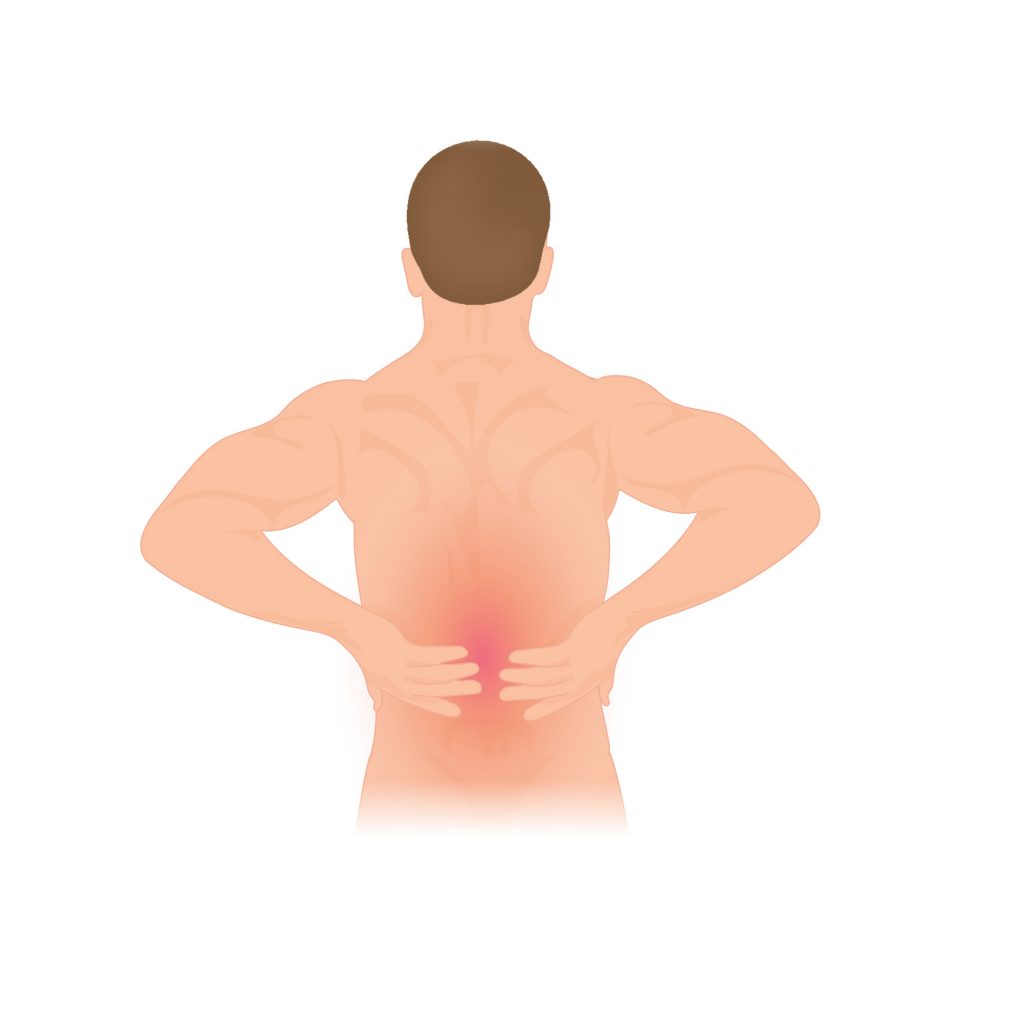
Imaging tests are not warranted in most cases. Under certain circumstances, however, imaging may be ordered to rule out specific causes of pain, including tumors and spinal stenosis. Imaging and other types of tests include:
X-ray is often the first imaging technique used to look for broken bones or an injured vertebra. X-rays show the bony structures and any vertebral misalignment or fractures. Soft tissues such as muscles, ligaments, or bulging discs are not visible on conventional x-rays.
Magnetic resonance imaging (MRI) uses a magnetic force instead of radiation to create a computer-generated image. Unlike x-ray, which shows only bony structures, MRI scans also produce images of soft tissues such as muscles, ligaments, tendons, and blood vessels. An MRI may be ordered if a problem such as infection, tumor, inflammation, disc herniation or rupture, or pressure on a nerve is suspected. MRI is a non-invasive way to identify a condition requiring prompt surgical treatment. However, in most instances, unless there are “red flags” in the history or physical exam, an MRI scan is not necessary during the early phases of low back pain.
Blood tests are not routinely used to diagnose the cause of back pain; however, in some cases, they may be ordered to look for indications of inflammation, infection, and/or the presence of arthritis. Potential tests include complete blood count, erythrocyte sedimentation rate, and C-reactive protein. Blood tests may also detect HLA-B27, a genetic marker in the blood that is more common in people with ankylosing spondylitis or reactive arthritis (a form of arthritis that occurs following infection in another part of the body, usually the genitourinary tract).
Recommendations for keeping one’s back healthy Low-impact exercises is advised. Walking, swimming, or stationary bike riding 30 minutes daily can increase muscle strength and flexibility. Yoga can also help stretch and strengthen muscles and improve posture. Make a list of low-impact, age-appropriate exercises that are specifically targeted to strengthening lower back and abdominal muscles. Always stretch before exercise
Don’t slouch when standing or sitting. The lower back can support a person’s weight most easily when curvature is reduced. When standing, keep your weight balanced on your feet.
At home or work, make sure work surfaces are at a comfortable height.Chair with good lumbar support. Switch sitting positions often and periodically walk around the office or gently stretch muscles to relieve tension. A pillow or rolled-up towel placed behind the small of the back can provide some lumbar support. During prolonged periods of sitting, elevate feet on a low stool or a stack of books. Sleeping comfort as desired in a fetal position can help open up the joints in the spine and relieve pressure by reducing the curvature of the spine. Always sleep on a medium firm mattress. Don’t try to lift objects that are too heavy. Lift from the knees, pull the stomach muscles in, and keep the head down and in line with a straight back. When lifting, keep objects close to the body. Do not twist when lifting. Maintain proper nutrition and diet to reduce and prevent excessive weight gain
